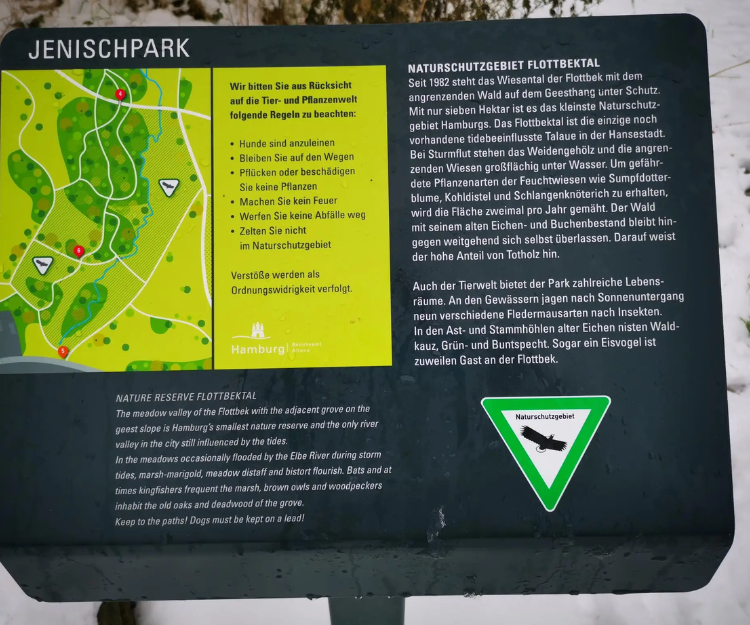
Jenischpark and Hirschpark are located in Hamburg, Germany. Specifically:
1. **Jenischpark**: This park is situated in the district of Othmarschen in western Hamburg, along the banks of the Elbe River. It is known for its picturesque landscape, historic Jenisch House (Jenisch-Haus), and well-maintained gardens.
2. **Hirschpark**: Also known as Hirschpark Blankenese, this park is located in the Blankenese district of Hamburg. It is known for its extensive greenery, woodland areas, and a variety of wildlife, including deer (hence the name "Hirschpark," which means "Deer Park" in German).
Both parks are popular recreational areas in Hamburg, offering scenic walking paths, gardens, and opportunities for relaxation in natural surroundings.


Jenischpark and Hirschpark in Hamburg have been established for quite some time:
1. **Jenischpark**: The park was laid out in the early 19th century, specifically in the 1820s. It was designed in the English landscape style and has since been a popular destination for residents and visitors alike.
2. **Hirschpark**: This park also has a long history. It was originally created as part of the estate of the Jenisch family in the 18th century. The park as it exists today with its current name, Hirschpark, likely developed over time, becoming a public park accessible to the public for recreational purposes.
Both parks have historical significance and contribute to the green landscape of Hamburg, offering serene environments for leisure and enjoyment.
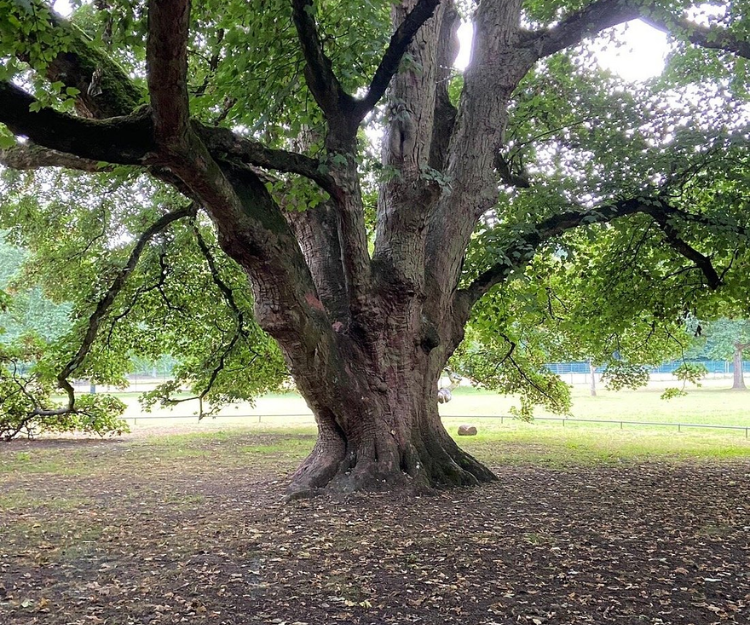

Jenischpark and Hirschpark in Hamburg were not invented by a single individual in the traditional sense. Instead, they were developed and designed over time by landscape architects, garden designers, and estate planners who worked to create these public parks.
1. **Jenischpark**: The design of Jenischpark is attributed to various landscape architects and garden designers who were active during the early 19th century when the park was laid out. The specific individuals involved in its design may not be widely documented, but it follows the English landscape style popular in that era.
2. **Hirschpark**: Originally part of the Jenisch family estate, Hirschpark evolved over time from private gardens into a public park. The transformation from a private estate to a public park would have involved planning and development by municipal authorities or landscape architects responsible for converting private lands into public recreational spaces.
While we may not have records of a single inventor or designer of these parks, their creation reflects a broader movement in urban planning and landscape architecture to create green spaces for public enjoyment and relaxation.
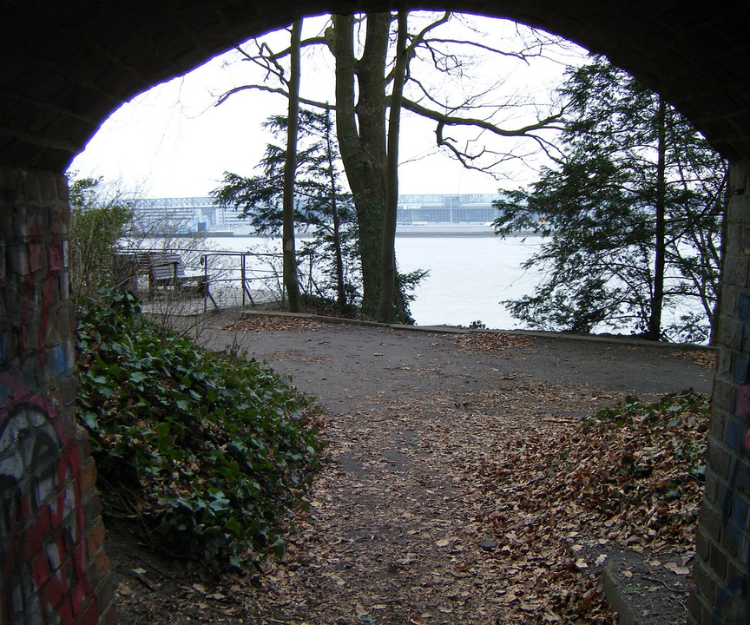
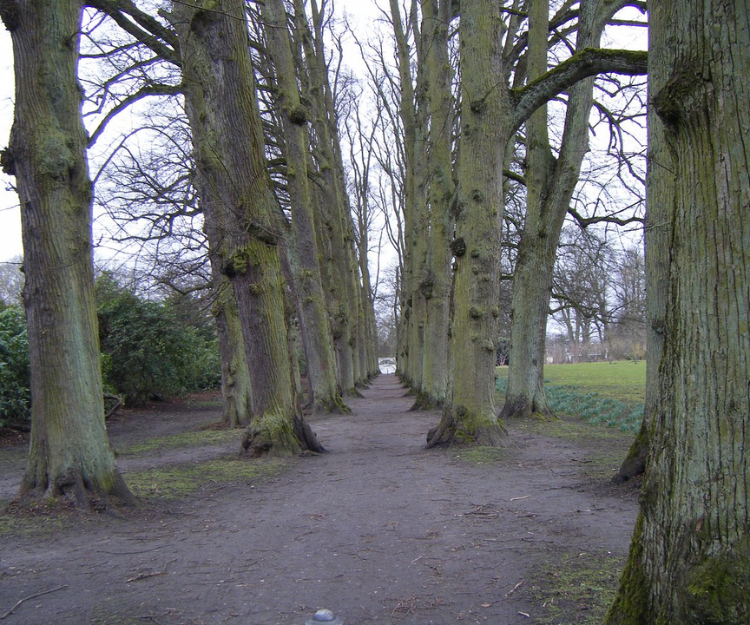
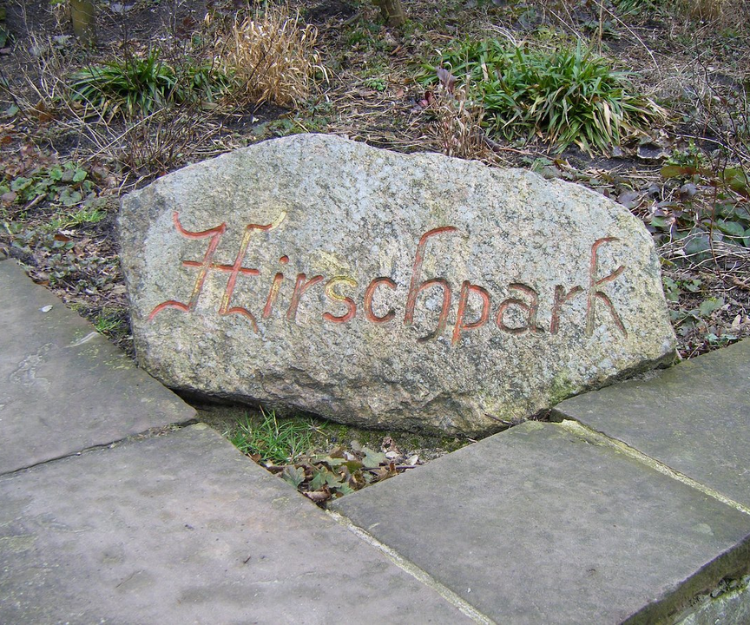
The names Jenischpark and Hirschpark in Hamburg are derived from their historical and geographical contexts:
1. **Jenischpark**:
- **Origin**: Jenischpark is named after the Jenisch family, who were prominent landowners and merchants in Hamburg during the 18th and 19th centuries.
- **Jenisch-Haus**: The centerpiece of Jenischpark is the Jenisch-Haus, a historic mansion built in the early 19th century for Martin Johann Jenisch. The park developed around this mansion and eventually became known as Jenischpark.
- **Legacy**: The park and the mansion are significant not only for their natural beauty and historical architecture but also for their association with the Jenisch family, who contributed to Hamburg's cultural and economic development.
2. **Hirschpark**:
- **Origin**: Hirschpark, also known as Hirschpark Blankenese, derives its name from the German word "Hirsch," which means deer.
- **Deer Park**: The park was originally established as part of the Jenisch family estate in Blankenese, which included woodland areas where deer were kept. Over time, it became known colloquially as Hirschpark due to the presence of these deer.
- **Public Park**: Today, Hirschpark is a public park known for its extensive greenery, walking paths, and recreational facilities, maintaining its historical name that reflects its origins as a private estate with deer.
These names reflect the historical roots and features associated with each park, connecting them to the cultural and natural heritage of Hamburg.

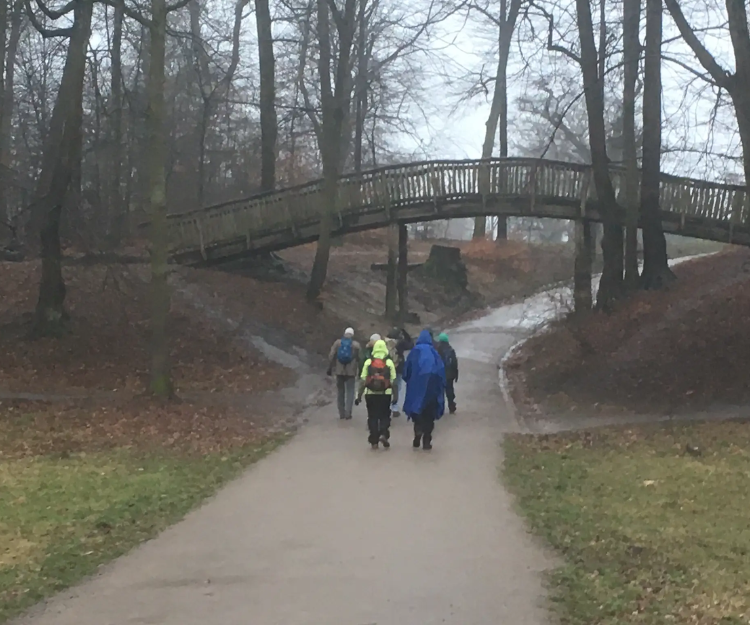
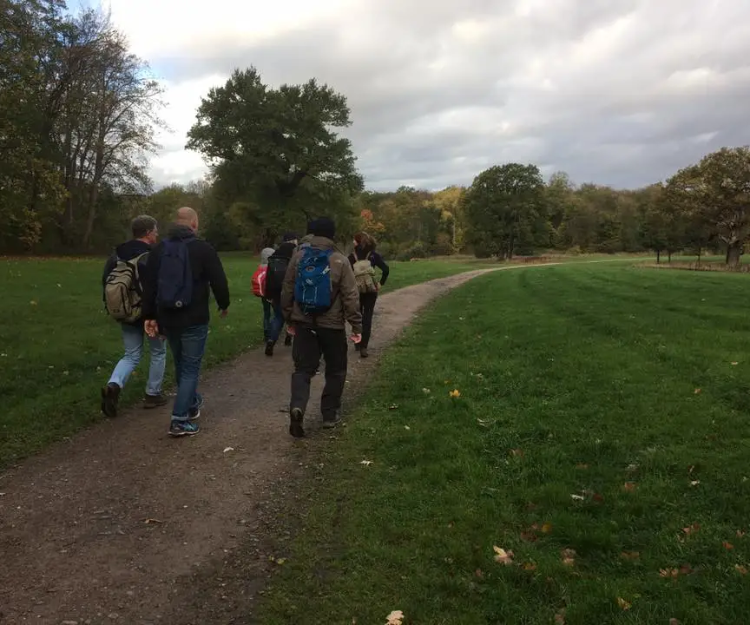

Jenischpark and Hirschpark in Hamburg are favored by hiking enthusiasts for several reasons:
1. **Scenic Trails**: Both parks offer well-maintained paths and trails that wind through diverse landscapes, including woodlands, gardens, and open green spaces. These trails provide hikers with varying levels of difficulty and distances to explore.
2. **Natural Beauty**: Hiking in Jenischpark and Hirschpark allows visitors to immerse themselves in nature. Whether it's enjoying the tranquil surroundings of Jenischpark with its historic Jenisch House and picturesque gardens, or exploring the expansive greenery and woodlands of Hirschpark, hikers can appreciate the natural beauty these parks offer.
3. **Variety of Terrain**: The parks feature a mix of terrains, from flat paths suitable for leisurely walks to more challenging trails that traverse hills and wooded areas. This variety appeals to hikers of different skill levels and preferences.
4. **Wildlife and Flora**: Hirschpark, in particular, is known for its wildlife, including deer that roam freely within the park. This adds an element of natural encounters that hiking enthusiasts often appreciate.
5. **Historical and Cultural Context**: Both parks have historical significance and are integrated into the cultural fabric of Hamburg. Hikers can explore historical landmarks such as the Jenisch-Haus in Jenischpark, adding depth to their hiking experience.
6. **Accessibility**: Located within Hamburg, both Jenischpark and Hirschpark are easily accessible by public transportation or car, making them convenient destinations for locals and tourists looking to enjoy a day of hiking.
Jenischpark and Hirschpark combine scenic beauty, historical charm, and diverse hiking opportunities, making them ideal destinations for hiking lovers seeking to connect with nature and explore Hamburg's green spaces.

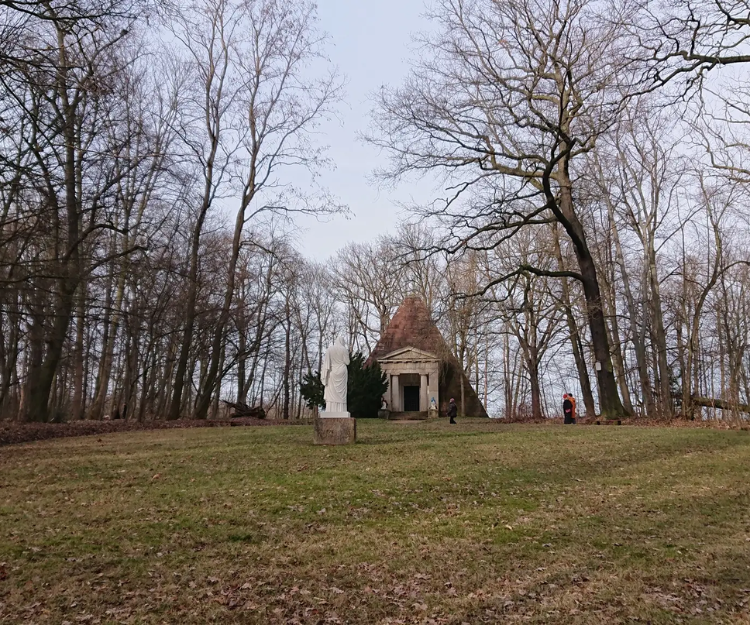
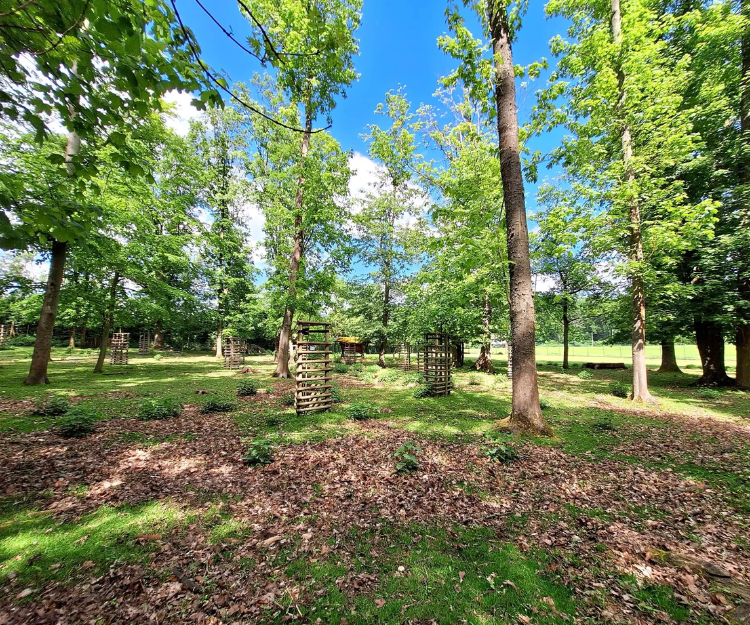



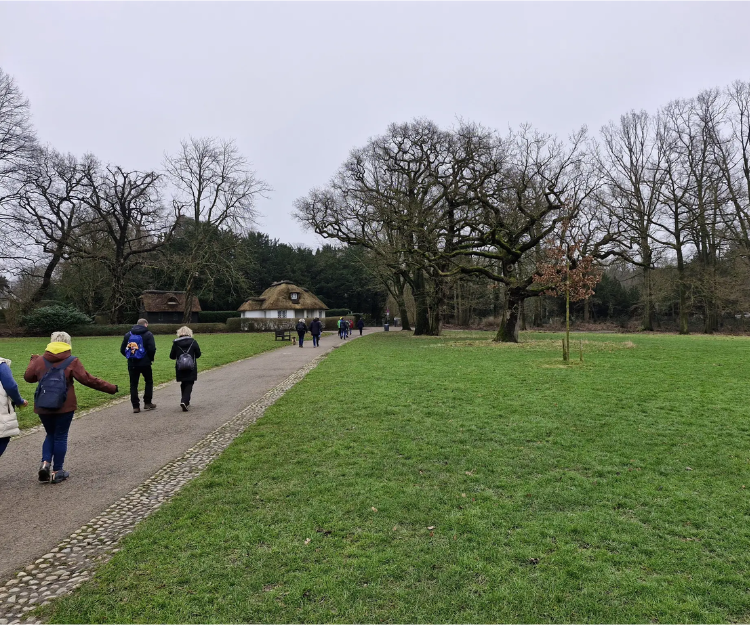
Jenischpark and Hirschpark in Hamburg are indeed great destinations for hiking throughout the year, thanks to their unique characteristics and the seasonal changes they undergo:
1. **Spring**: During spring, both parks come alive with blooming flowers, budding trees, and vibrant greenery. Hikers can enjoy pleasant temperatures and witness the park's awakening from winter dormancy.
2. **Summer**: Summer brings lush foliage and longer daylight hours, making it ideal for extended hikes. The parks offer shaded paths and cool spots under trees, providing relief from the heat.
3. **Autumn**: Fall colors transform the parks into a picturesque landscape with golden leaves and rich hues. Hikers can experience the beauty of changing seasons while exploring trails carpeted with fallen leaves.
4. **Winter**: Even in winter, Jenischpark and Hirschpark have their own charm. Snow-covered paths and frost-covered branches create a serene atmosphere, perfect for peaceful winter walks.
Regardless of the season, both parks maintain their accessibility for hikers, with well-maintained paths that cater to different fitness levels. Whether you prefer the vibrant colors of spring, the warmth of summer, the crisp air of autumn, or the tranquility of winter, Jenischpark and Hirschpark offer a year-round opportunity to enjoy nature and outdoor activities like hiking.